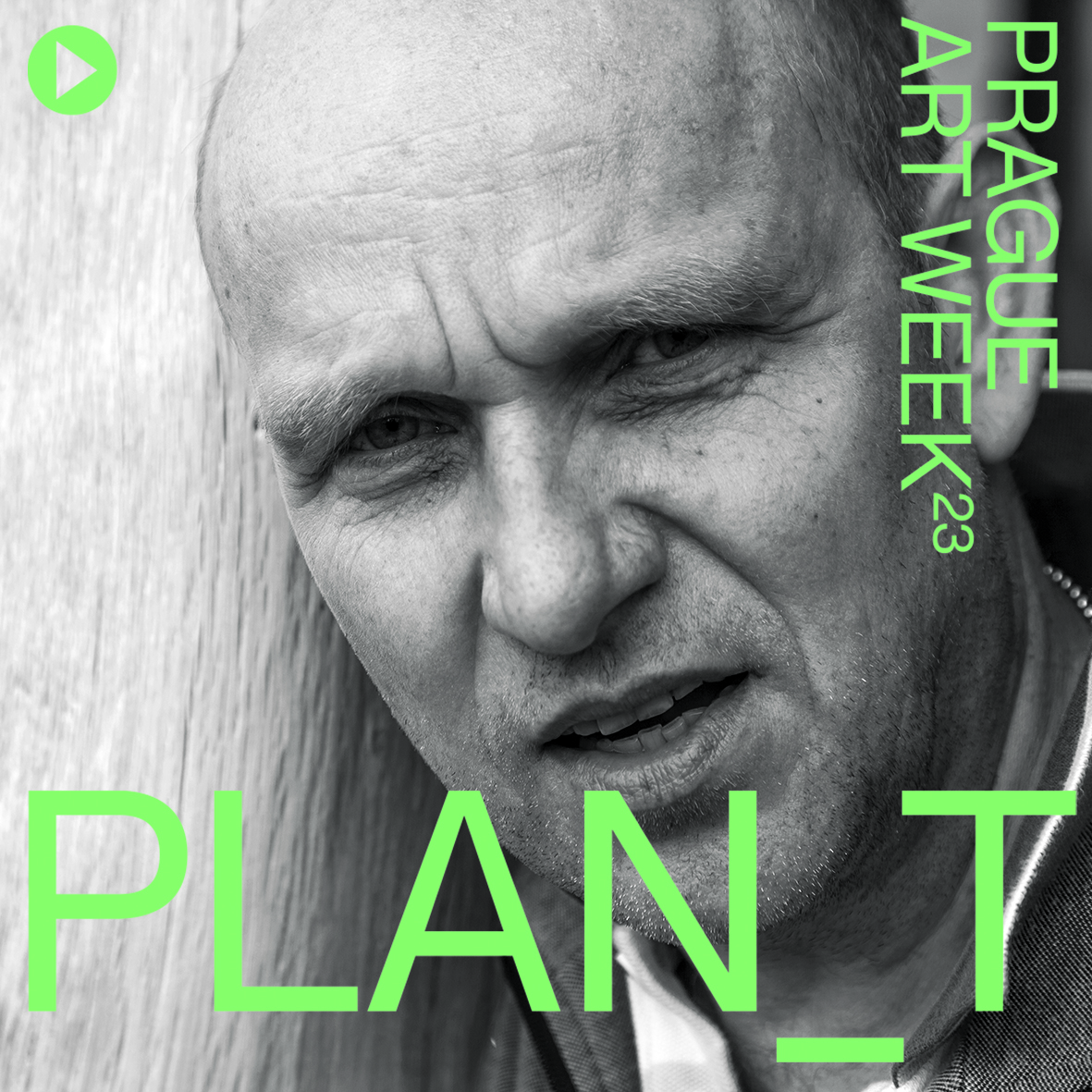This year, 8 art realisations in public space will be unveiled at the Secret Place in Prague during the PRAGUE ART WEEK festival. Before we show you the entire collection and its location, we welcome to the PLAN_T podcast the curator of this collection, the publicist and art and architecture critic Petr Volf.
In this podcast, Petr Volf talks about how free art entered urban planning under socialism, when 4% of the construction budget was allocated to art realizations, and also about who the commissioners are now.
“Developers understand that art helps their architecture,” Volf explains. In Prague, he names three projects that have been created in the last few years, adding, “It seems that if a developer really wants to succeed today, he has to count on art as a kind of message that he is sophisticated and pursuing higher interests than making money on his project.”
He goes on to talk about the opportunity he has been given as curator of the collection that will be displayed outdoors at the Secret Place. This will be part of a larger development of apartment buildings that are located on a former industrial site. The main criteria was to revitalise the Secret Place, but also to preserve its memory. To use materials and things that were part of the original industrial site. “We made a catalogue of the leftovers, the different traverses, wires, rails, but also the cisterns, and then they really appeared in the individual artworks,” says Volf.
Moreover, the art is inextricably tied to the site because it is not only created by recycling original materials but is also, in several cases, an essential part of the development. “The art here is not just ‘for decoration’ but wants to touch the deeper essence of the place,” says Petr Volf.
Art in public space refers primarily to sculptural realisations and contemporary art, which are systematically supported in Prague by the GHMP’s Art for the City project and the M3 and Sculpture Line festivals. Petr Volf evaluates their work as essential.
“When people encounter art in nature or in public spaces, it can change their view of the world.” He reminds us of the work of Jaroslav Frágner’s gallery. And other positive examples in Litomyšl and encourages architects to work directly with artists.
At the end of the interview, Petr Volf concludes with an invitation to an exhibition linking art and sport, which he is preparing next year at EPO 21.
